View all Standards for Alberta, Canada
12 use levels
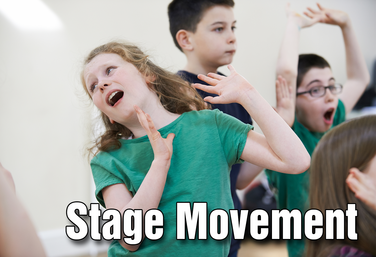
Part of the Drama One Curriculum
Stage Movement
by Karen Loftus
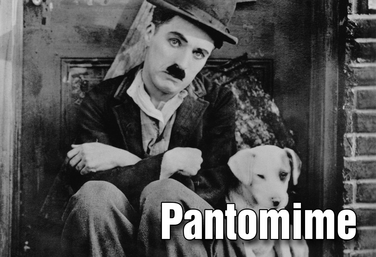
Part of the Drama One Curriculum
Pantomime
by Karen Loftus
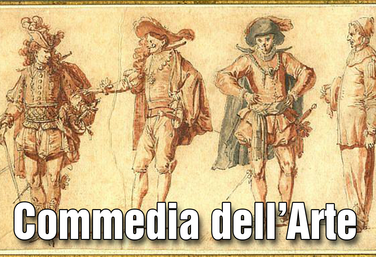
Part of the Drama One Curriculum
Commedia Dell'Arte
by Karen Loftus
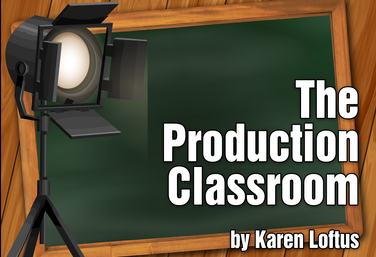
Part of the Production Classroom Units Curriculum
Production Classroom Units Overview
by Karen Loftus

Part of the Production Classroom Units Curriculum
Part One - Pre-Production
by Karen Loftus

Part of the Production Classroom Units Curriculum
Part Two - Rehearsal and Performance
by Karen Loftus

Part of the Production Classroom Units Curriculum
Part Two - Documents
by Karen Loftus

Part of the Production Classroom Units Curriculum
Part Three - Reflection and Assessment
by Karen Loftus
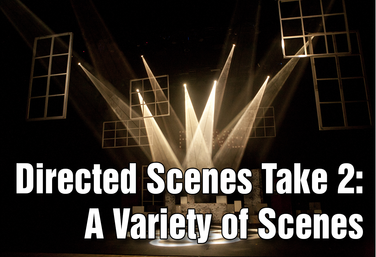
Part of the Middle School Curriculum
Unit Seven: Directed Scenes Take 2: A Variety of Scenes
by Lindsay Johnson
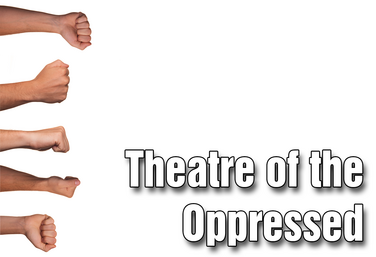
Part of the Middle School Curriculum
Unit Eight: Theatre of the Oppressed
by Lindsay Johnson
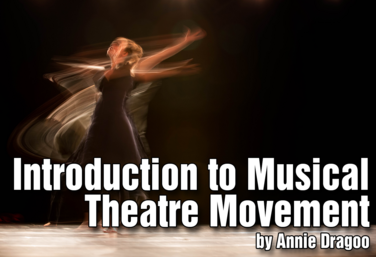
Introduction to Musical Theatre: Movement
by Annie Dragoo

Part of the Distance Learning Curriculum
Pantomime
by Lindsay Price and Karen Loftus
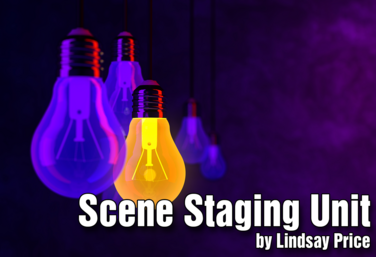
Scene Staging
by Lindsay Price
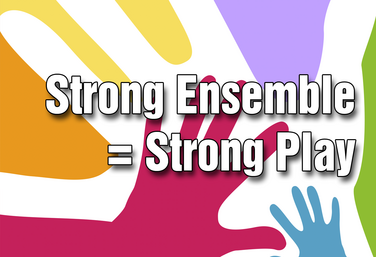
Strong Ensemble = Strong Play
by Craig Mason
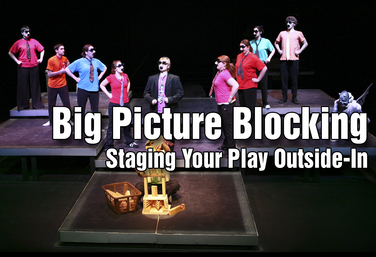
Big Picture Blocking: Staging Your Play Outside-In
by Todd Espeland

The Production Classroom
by Karen Loftus
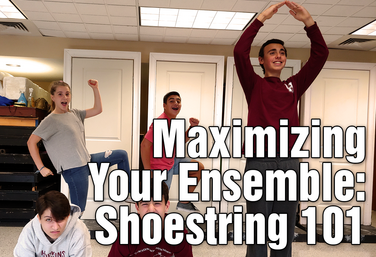
Maximizing Your Ensemble: Shoestring 101
by Michael Calderone
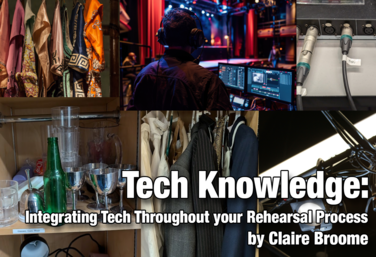
Tech Knowledge: Integrating Tech Throughout Your Rehearsal Process
by Claire Broome
View all Standards for Alberta, Canada Standards Master List